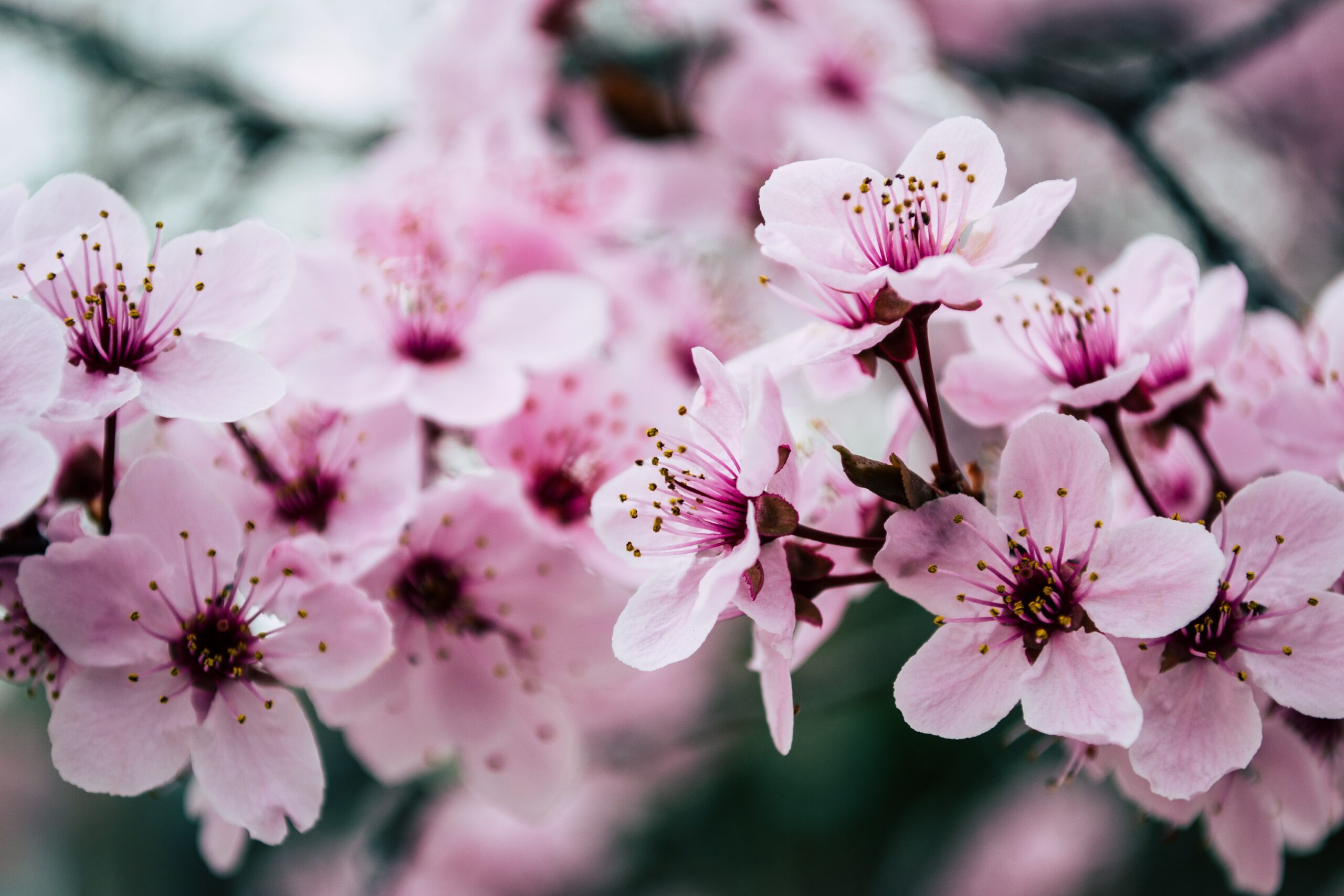Japan is a fascinating country with a rich history and a unique culture that has captivated people around the world for centuries. From the traditional tea ceremonies and geisha culture to the modern technology and pop culture, Japan is a country full of contrasts and surprises. In this article, we’ll take a closer look at the top 10 things Japan is known for and explore what makes them so special.
- Sushi
When it comes to Japanese cuisine, sushi is probably the first thing that comes to mind for most people. This delicious dish of raw fish served on top of rice has become a worldwide phenomenon and is a favorite of foodies everywhere. Sushi can be found in many different forms in Japan, from the simple nigiri sushi to the more elaborate maki rolls and chirashi bowls. The key to a good sushi experience is in the quality of the ingredients, and Japan’s long coastline and fishing culture provide a wealth of fresh seafood for sushi chefs to work with.
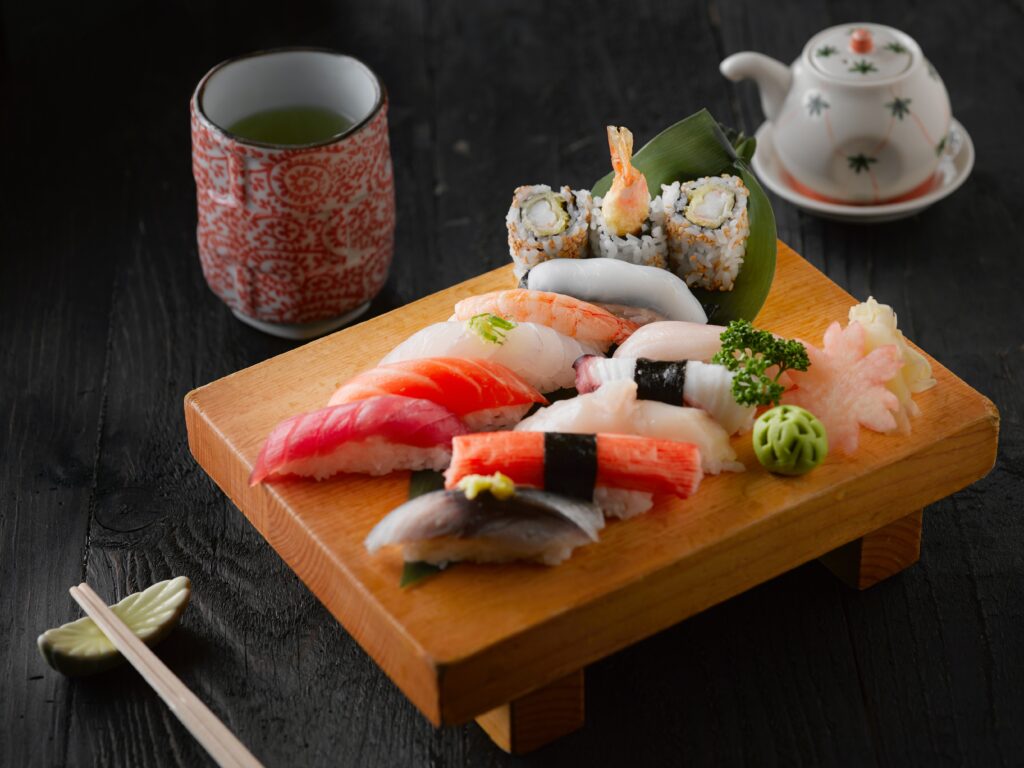
Sushi is not just a popular food in Japan, it’s a culinary art form. The preparation of sushi involves a combination of fresh, high-quality ingredients and skilled techniques. In Japan, sushi chefs undergo years of training to perfect their craft. Different types of sushi are available depending on the season and region, and each has its unique flavor and presentation. Some popular types of sushi include nigiri, which is a small piece of raw fish served on top of a small ball of vinegared rice, and maki rolls, which are filled with a variety of ingredients and wrapped in seaweed.
- Cherry Blossoms
In the springtime, Japan is known for its stunning displays of cherry blossoms, or sakura. These delicate pink flowers bloom for just a few weeks each year, and during that time, they are celebrated with festivals and picnics all over the country. Cherry blossoms have become a symbol of the fleeting beauty of life, and their short-lived appearance is a reminder to enjoy each moment to the fullest.
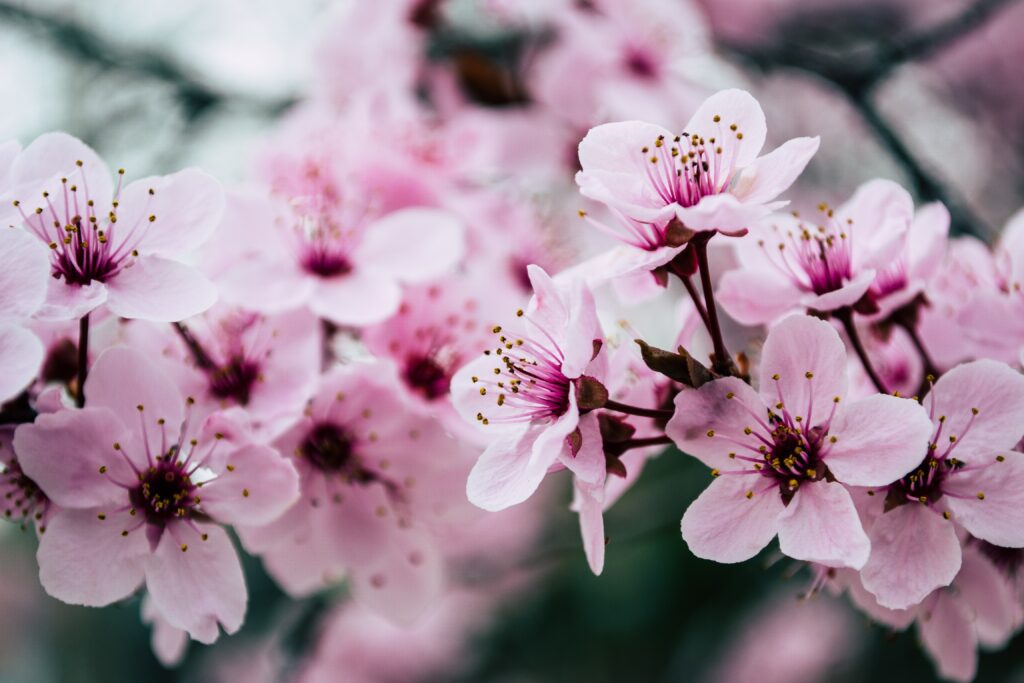
Cherry blossom season in Japan is a truly magical time of year. From late March to early May, the country is covered in a blanket of pink and white blooms. The cherry blossom, or sakura, has been celebrated in Japan for centuries, and it’s a symbol of renewal and hope. Many Japanese people gather with family and friends for picnics and parties beneath the cherry blossom trees, a practice known as hanami. There are also many festivals and events held throughout Japan during cherry blossom season.
- Anime and Manga
Japan is known for its vibrant pop culture, and at the forefront of that culture are anime and manga. These forms of entertainment, which feature colorful characters and fantastical storylines, have captured the imaginations of fans all over the world. From the iconic Studio Ghibli films to the action-packed manga series like Naruto and One Piece, anime and manga have become a significant part of Japanese culture and a major export to the rest of the world.
Anime and manga are a significant part of Japanese pop culture and have gained worldwide recognition. Anime refers to animated shows and movies, while manga refers to Japanese comics. Both mediums are known for their distinctive art styles, intricate storylines, and imaginative worlds. Anime and manga cover a wide range of genres, from action and adventure to romance and comedy. Many anime and manga franchises have become household names worldwide, including Pokemon, Dragon Ball Z, and Sailor Moon.
- Temples and Shrines
Japan is home to a rich religious history, and that history is reflected in the many temples and shrines that can be found throughout the country. From the ancient temples of Kyoto to the modern shrines of Tokyo, these structures are a testament to Japan’s deep spiritual roots. Visitors to Japan can experience the peacefulness and beauty of these places firsthand, and even participate in traditional rituals like prayer and meditation.
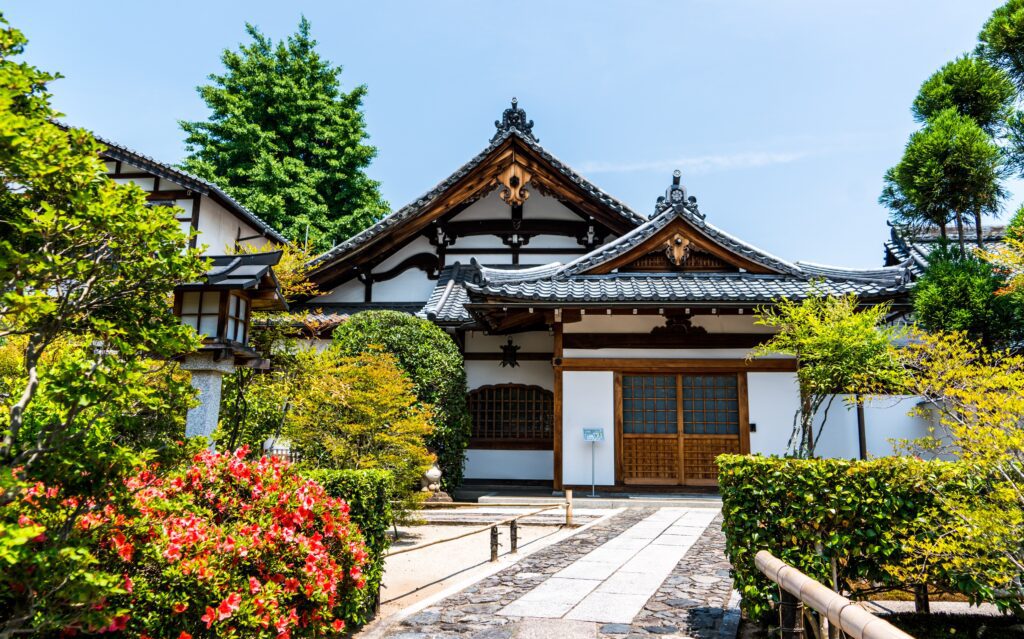
Temples and shrines are an essential part of Japan’s cultural heritage, and they can be found throughout the country. Japan has two main religions: Shintoism and Buddhism. Shintoism is Japan’s indigenous religion and involves the worship of nature spirits, while Buddhism was introduced to Japan from China and Korea in the 6th century. Temples are associated with Buddhism, while shrines are associated with Shintoism. Both temples and shrines are places of worship, and visitors are expected to show respect by following specific customs and traditions.
- Samurai Culture
The samurai, Japan’s legendary warrior class, have captured the imaginations of people around the world with their code of honor, discipline, and bravery. Though the samurai are no longer a part of modern Japan, their legacy lives on through popular culture and historical sites like castles and museums. Visitors to Japan can learn about the samurai way of life and even participate in traditional activities like archery and sword fighting.
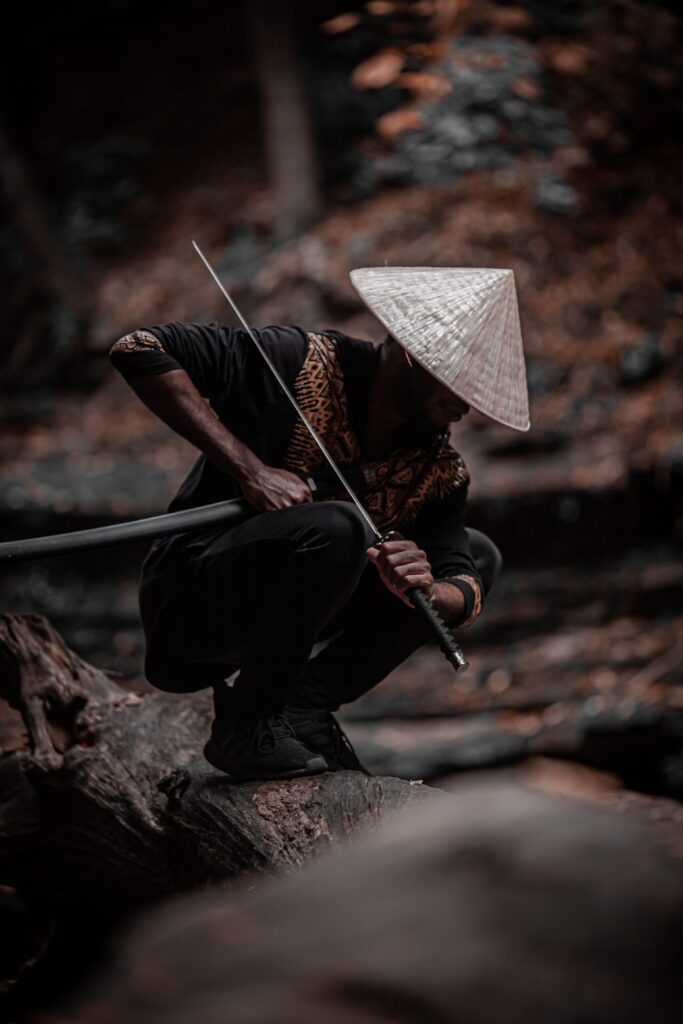
The samurai were Japan’s warrior class during the feudal period, and their code of conduct, known as bushido, emphasized loyalty, honor, and discipline. The samurai were skilled in martial arts, and their weapons of choice were the katana (sword) and the yumi (bow). Find out what samurai armor was made of in one of my other blog posts. Samurai castles, or castles that were used as residences by samurai, are found throughout Japan. Visitors to Japan can also participate in traditional samurai experiences, such as sword fighting and archery.
- Technology
Japan is known for being at the forefront of technological innovation, and its companies have brought us some of the most iconic products of the modern age. From Sony’s Walkman to Nintendo’s Game Boy to Toyota’s hybrid cars, Japan has been a major player in shaping the way we live our lives. Visitors to Japan can explore the latest in technology at electronics stores and museums, and even stay in futuristic hotels like the Henn na Hotel, staffed entirely by robots.
Japan is a world leader in technology, and its companies have produced some of the most iconic products of the past few decades. Sony, for example, introduced the Walkman in 1979, which revolutionized the way people listened to music. Toyota’s Prius, which was introduced in 1997, was the world’s first mass-produced hybrid car. Japan is also known for its advancements in robotics, with companies like Honda and Softbank creating lifelike robots for a variety of purposes.
- Onsen
Onsen, or hot springs, are a beloved tradition in Japan and a popular destination for tourists. These natural pools of hot water are said to have healing properties, and many Japanese people visit them regularly for relaxation and rejuvenation. Visitors to Japan can soak in these therapeutic waters at traditional ryokans (inns) or even at modern spa resorts.
Onsen, or hot springs, have been a part of Japanese culture for centuries, and there are thousands of them located throughout the country. Onsen are believed to have therapeutic benefits for a variety of ailments, including joint pain, high blood pressure, and fatigue. Many onsen are located in scenic areas, such as the mountains or by the sea, and offer stunning views. Visitors to Japan can experience onsen at traditional Japanese inns, known as ryokans, which offer traditional Japanese-style accommodation and meals.
- Sumo Wrestling
Sumo wrestling is Japan’s national sport and a cultural icon. This ancient tradition, which dates back over 1,500 years, involves two wrestlers battling it out in a circular ring, or dohyo. Sumo wrestlers are revered in Japan and seen as symbols of strength, discipline, and tradition. Visitors to Japan can watch sumo matches at tournaments held throughout the year, and even learn about the history and culture of this fascinating sport at sumo museums and exhibitions.
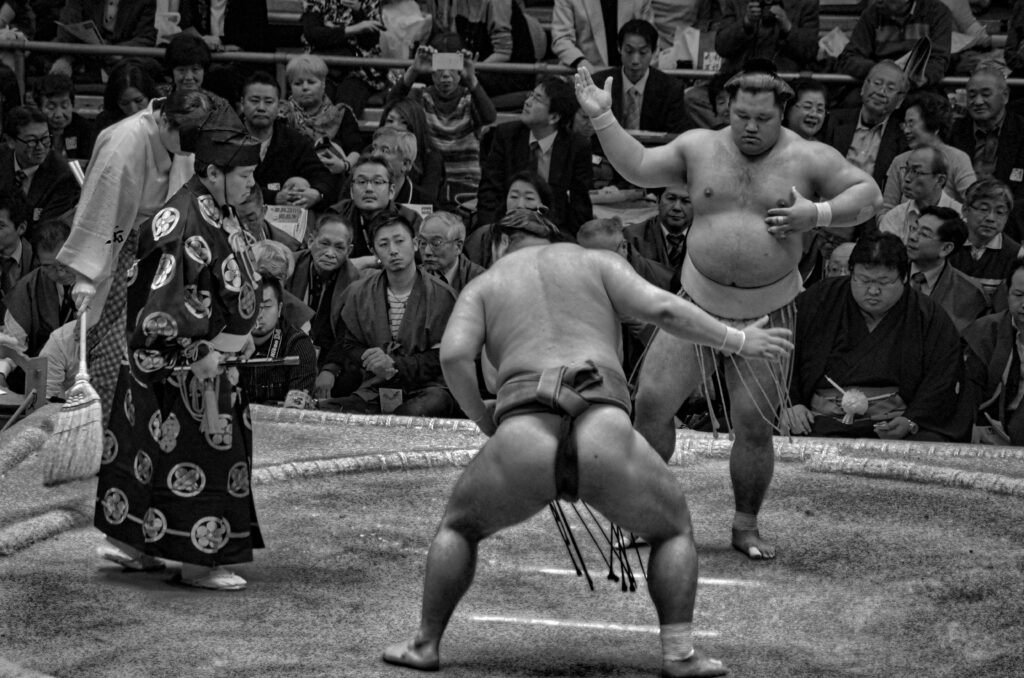
Sumo wrestlers are highly trained athletes who compete in a circular ring, or dohyo, and aim to push their opponent out of the ring or force them to touch the ground with any part of their body other than their feet. Sumo tournaments, known as basho, are held several times a year in different cities throughout Japan, and they are a popular attraction for both locals and tourists.
- Tea Ceremony
The tea ceremony, or cha-no-yu, is a traditional Japanese practice that dates back to the 16th century. This elegant ritual involves the preparation and serving of matcha, a finely ground green tea, and is steeped in symbolism and philosophy. The tea ceremony is a chance for guests to connect with each other and with nature, and to experience the beauty and simplicity of Japanese culture.
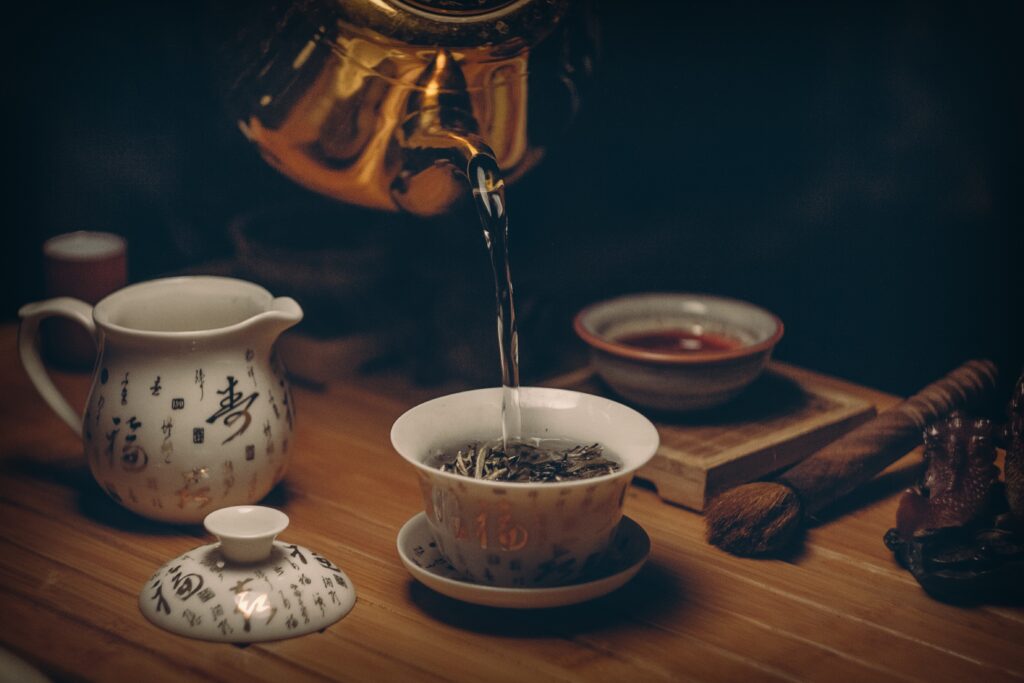
The tea ceremony is a highly choreographed and precise ritual that emphasizes harmony, respect, and tranquility. The ceremony is typically performed in a special tea room, which is designed to create a serene and meditative atmosphere.
- Bullet Trains
Japan’s Shinkansen, or bullet train, is one of the fastest and most efficient modes of transportation in the world. The first Shinkansen line was introduced in 1964, and since then, the network has expanded to cover most of Japan’s major cities. The trains can reach speeds of up to 320 km/h (200 mph), and they are known for their punctuality, safety, and comfort. The Shinkansen is not just a mode of transportation; it’s also a symbol of Japan’s technological prowess.
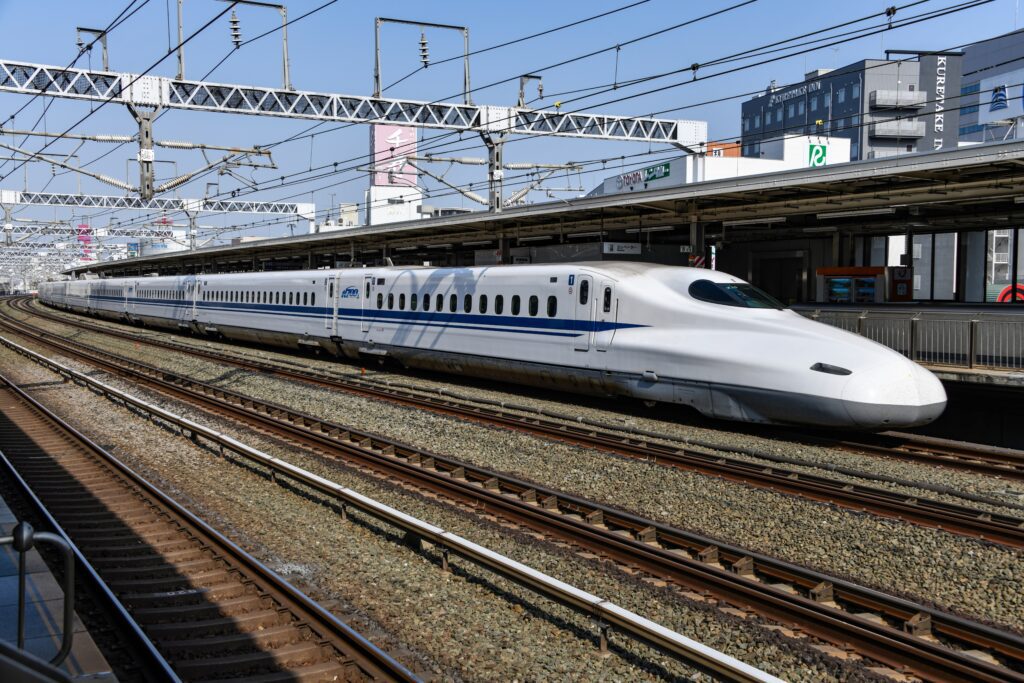
Summary
In conclusion, Japan is a country that is known for many things, from its delicious cuisine to its fascinating culture and history. Visitors to Japan can experience all of these things and more, and come away with a deep appreciation for the beauty and complexity of this amazing country. Whether you’re interested in traditional arts and crafts, cutting-edge technology, or just soaking in a hot spring, Japan has something for everyone.

